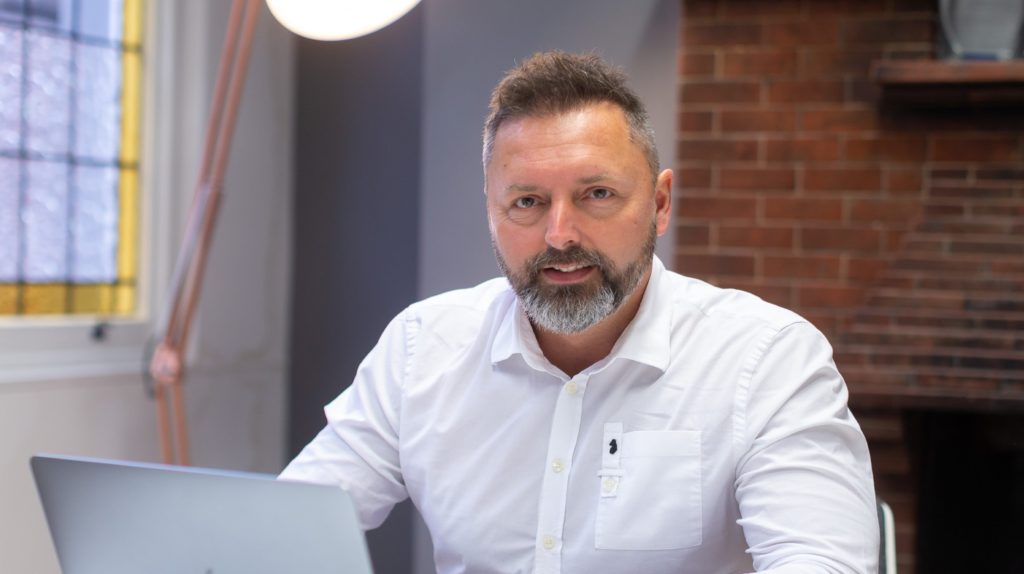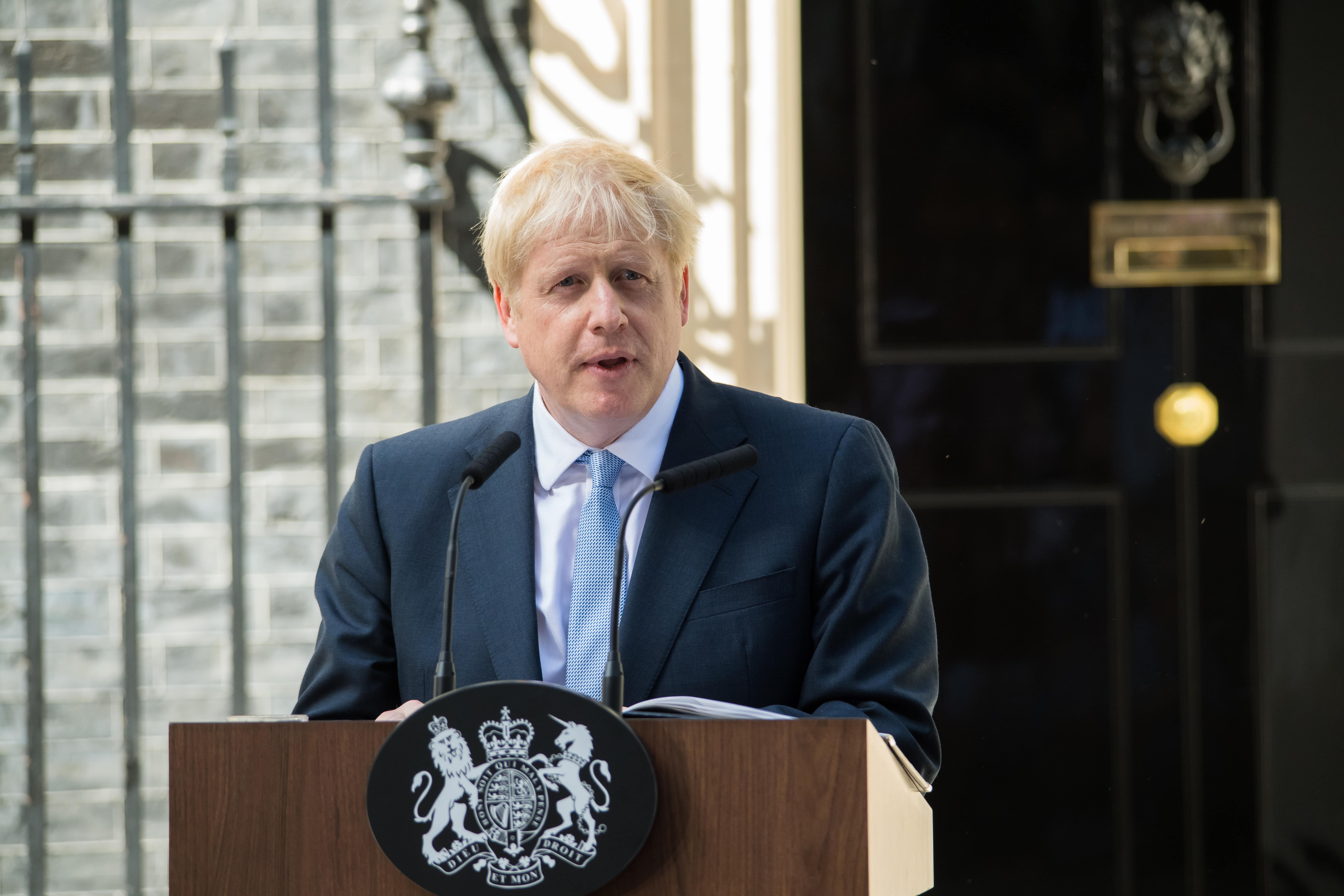Sector - Consultancy
Engaging with Wider Market & Industry

Taking a bespoke approach to our activities within the built environment is central to achieving the best possible outcomes – and the development of frameworks is no different. Jason Stapley, managing director at national framework provider Pagabo, explains how market engagement holds the key to creating frameworks that will truly benefit clients and suppliers alike…
The most important thing when developing a new framework is getting it right for all parties. A framework provider cannot simply dictate to the industry what it needs; it must engage with clients, contractors, suppliers, and the wider industry to get their view on what they want and need from their procurement routes.
It’s a crucial time to be examining how the wider industry can collaborate more to deliver on the principles laid out by the government’s Construction Playbook. This sort of industry-wide, early-stage collaboration is something that we strongly believe should form part of best practice – or ‘gold standard’ – for frameworks.
At Pagabo, we take a two-stage approach to our engagement. In the earliest days of development, we will hold one-to-one sessions with key organisations relevant to the framework to be developed. This tends to be those businesses or institutes that hold an influence over their area of the industry, and from these sessions we gather thoughts and tailor what shape the framework will likely take.
We also have to consider the breadth of works procured through the new framework may cover. This part is crucial, as we need to quickly and completely gain a thorough understanding the specific area of the market the framework will serve.
For example, our upcoming civils and infrastructure framework will allow the provision of very different outcomes – from roads and bridges through to nuclear and marine development. So, it’s not just a case of engaging with a couple of businesses but ensuring that we speak with those who work within the sub-sectors the framework seeks to serve.
Through a standard set of open and fair questions, we are able to get feedback and suggestions on our proposed structure – including lots, regions, and terms and conditions. This feedback allows us to make changes accordingly and build out the skeleton of the framework before issuing a prior information notice (PIN), which essentially throws the doors open to more suggestions and sees us running an open engagement session for the wider industry to join.
This allows us to take our initial outlines and work out how to knit it together with the requirements of the parties that will ultimately use the framework when it goes live.
At this stage we will also engage with our clients and put together a full paper on what we think the framework will look like following the initial stages of engagement. Again, we gain feedback on any changes they would want or need to see for the framework to work effectively for them. After this, we go to the final stage – going to tender.
Engagement with the industry and clients continues through this period – and is often when it reaches its busiest time. We can make final tweaks right up until the deadline thanks to this continued engagement. Once the deadline passes, the framework details lock – and we will issue clear clarification on any final changes that were actioned during this final stage.
Through our engagement with the market over the years, we have made changes or introduced new elements to our service that respond to requests or concerns.
For example, we introduced the reserve list as part of our awards process to help alleviate against companies going bust. Our market engagement showed that while frameworks already did a lot to help protect clients from construction companies folding, further protections could be introduced in the wake of the Carillion collapse in 2018. In addition to core appointments, reserves are named to supplement the procurement process in various lots and regions – depending on the framework makeup – and these have worked really effectively since their introduction.
We were also one of the first providers to include the direct award option within our frameworks. Simplicity and speed are at the heart of everything we do at Pagabo, and the direct award process allows clients to further speed up the procurement processes where needed, while still benefitting from all the other advantages of our frameworks and our in-house expertise.
The way we approach our framework development at Pagabo is very objective, open, and transparent. It’s not about churn of frameworks but embarking on a collaborative full engagement process with the industry to ensure we bring forth something that is a useful and powerful tool for all.
If you would like to read more stories like this, then please click here
Related Articles
More Consultancy Features
- Outlook for the property and construction sector heading into 2025
17 Dec 24
Across the residential, rental and infrastructure sectors, there will be many challenges in 2025, as well as many opportunities.
- No compare – why framework comparison is a risky business
23 Jan 23
At a time when the framework market is more competitive than ever, it can be tempting for public sector organisations to choose the lowest cost.
- Physics engineering to go mainstream in 2022
8 Feb 22
Building physics engineers will become mainstream during 2022.






